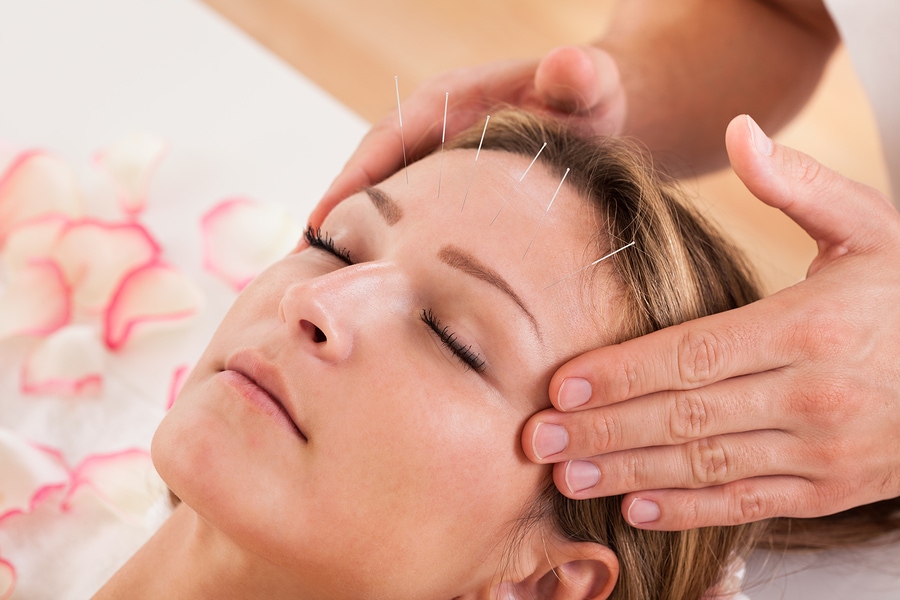Acupuncture teamed with massage can relieve some forms of Vertigo

A study carried out by a team of Chinese researchers has shown that combining massage therapy with acupuncture techniques can cure a distressing condition called cervical vertigo, which causes dizziness associated with movement of the neck.
The research, which was carried out by researchers at the Peoples’ Hospital of Linhai City in China’s Zhenjiang province was published recently in the Chinese Journal of Gerontology.
Cervical vertigo is an unpleasant condition which affects the body’s own ability to sense its position, motion and balance. It causes sufferers to feel as if they are spinning which leads to dizziness and often nausea. It’s usually thought to be a symptom of an underlying condition such as Meniere’s disease, or cervical arthritis, although it can also be caused by an injury to the neck, such as whiplash, or in some cases has been known to appear following neck surgery. The condition is occasionally reported following ‘whiplash’ injuries and quoted in personal injury claims.
Cervical vertigo is usually a difficult condition to treat. The cause can be hard to pinpoint, without an obvious trauma or accident, and there have been no large medical trials carried out to research treatment strategies as the condition is considered to be rare. The usual course of treatment involves pain medication applied topically to the affected area, or taken orally.
During the Chinese study, 84 people who were suffering from cervical vertigo were divided into two groups. One of the groups was treated with massage, and the other group received massage along with acupuncture. All patients received 30 minutes of massage therapy on their neck, shoulders and upper back, every other day for two weeks.
The group that also received acupuncture had a treatment which lasted a further 30 minutes, where each needle was inserted between 15 to 25mm into the skin around the neck muscles. Acupuncture treatments were carried out on a daily basis for a total of two weeks.
After two weeks of treatment, an impressive 95 per cent of patients in the group which received both therapies reported that their symptoms had reduced significantly. The other group also experienced some relief although a lower percentage, just under 80 per cent, said that they experienced significant reduction of symptoms.
Some of the other positive effects reported after the combination therapy included improved blood oxygen supply, enhanced circulation of blood to the affected region, and reduced muscle spasms and pain.

